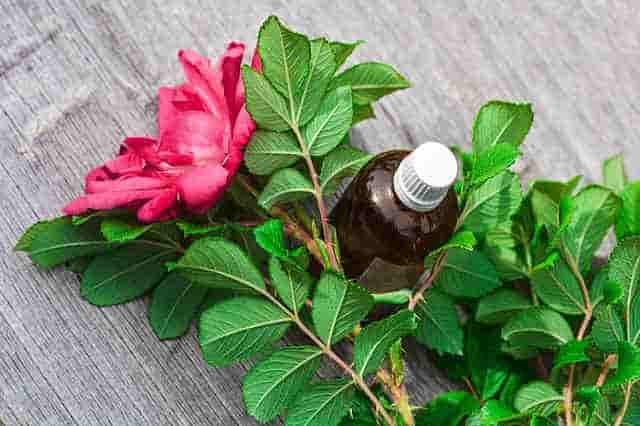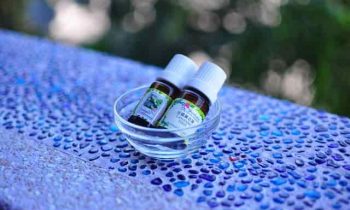Essential oils can be used for overall health and wellbeing and can provide healing. You can use them in three different ways and reap benefits from the natural chemicals inside of them.
[adinserter block=”1″]Skin Application
Essential oils can be applied to the skin either directly or added to a carrier oil. You will be able to inhale some of the aroma as you apply them but you’ll also be able to absorb some through the skin.
Your skin is permeable and oily substances are able to pass through it. The active chemicals in essential oils will be able to go straight into your skin and enter the bloodstream. This boosts their healing properties.
There are some areas of the body where essential oils are absorbed faster such as the head, soles of the feet, palms of the hands, and armpits. These areas have more sweat glands and hair follicles that help absorb oils.
Inhalation
When you inhale the fragrance of essential oils you’re actually inhaling the chemicals in them. This enters through your nose or mouth and into your respiratory system. From these soft tissues your bloodstream is able to absorb the chemicals.
They can also pass through the blood into the brain. So while aromatherapy may seem like just “smelling something nice” the truth is you are actually delivering natural medicines to your bloodstream and into the rest of your body.
Ingesting Essential Oils
While some people choose to ingest essential oils, this is not a recommended practice especially for someone new to their use. Some essential oils passing through the digestive system and ingesting essential oils can be toxic to the liver or kidneys.
And moving through the digestive system with exposure to stomach acids actually can change the properties of the essential oils and render them ineffective as well as dangerous. You can also experience drug interactions. Always check with a healthcare provider before ingesting essential oils.
Understanding the Healing Properties
Many essential oils have healing properties. These can be categorized in different ways. For example, some are antimicrobial. That means they kill bacteria, viruses, and fungi that can cause disease. This is true of thyme and myrrh.
Anti-inflammatory essential oils help to reduce inflammation in the body. This can come from environmental toxins and disease. Anti-inflammatory essential oils include rosemary, lemon, and lavender.
[adinserter block=”2″]Essential oils can also support and protect the respiratory system. For example, chamomile, eucalyptus, and frankincense are known to protect the lungs. The digestive system can also be supported by essential oils such as chamomile, cardamom, ginger, and peppermint.
Headaches can be relieved by chamomile, peppermint, rosemary, and lavender essential oils. And sunburn can also be soothed by chamomile, eucalyptus, and lavender.
Essential oils work with the body to help it naturally heal rather than adding synthetic chemicals that can do more harm than help. Just as the chemicals in these plants in nature help them to ward of disease and have good health, they can help human bodies do the same.


 Safety First with Essential Oils
Safety First with Essential Oils Aromatherapy Equipment Essentials
Aromatherapy Equipment Essentials Aromatherapy – How to Get Started Safely
Aromatherapy – How to Get Started Safely